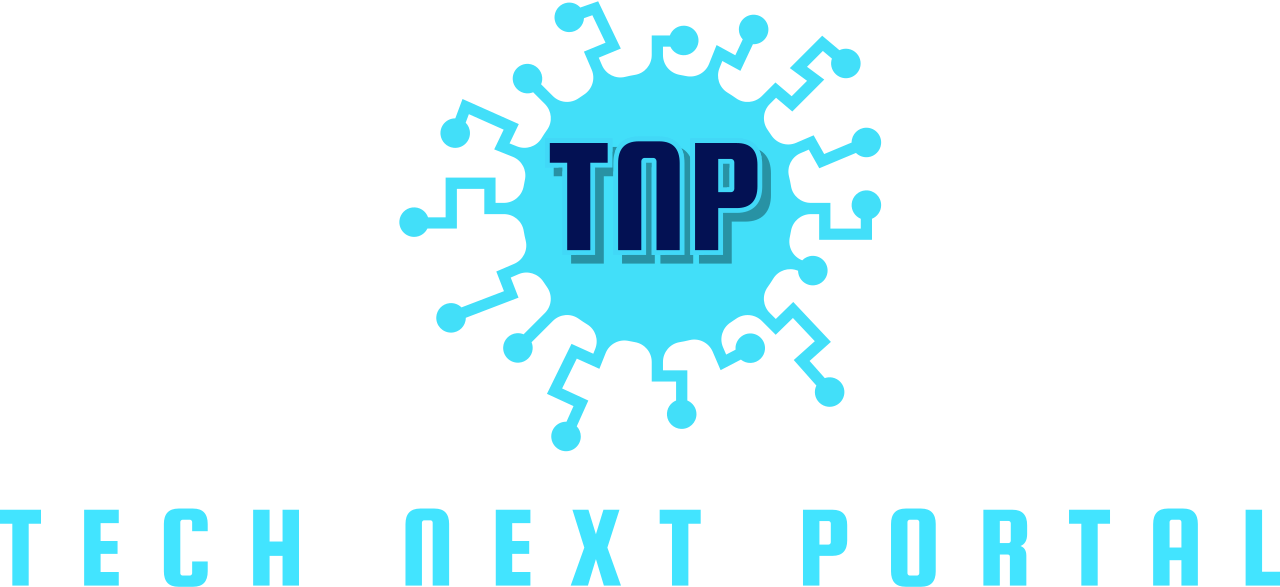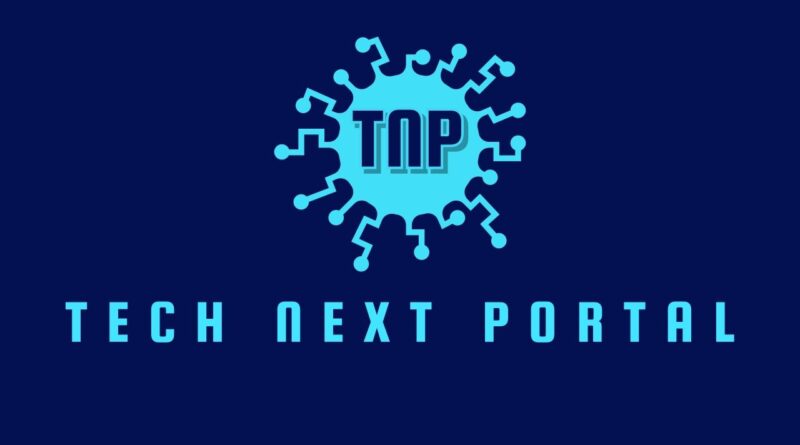IBM Reports 45% Productivity Boost with Project Bob, Multi-Model IDE Orchestrating LLMs Across Full Repositories
For many enterprises, barriers remain in fully adopting and benefiting from agentic AI.
IBM believes the key challenge is not creating AI agents but governing them in production.
At its TechXchange 2025 conference today, IBM unveiled a suite of tools addressing this gap: Project Bob, an AI-first IDE orchestrating multiple LLMs to automate application modernization; AgentOps for real-time governance of AI agents; and the first integration of open-source Langflow into watsonx Orchestrate, IBM’s platform for deploying and managing AI agents. Together, these announcements reflect a three-pronged enterprise AI strategy: modernizing legacy code, governing AI in production, and bridging the prototype-to-production divide.
IBM claims 6,000 internal developers have used Project Bob, achieving an average productivity increase of 45% and 22–43% more code commits.
Project Bob isn’t just another coding assistant — it’s an enterprise modernization solution
AI coding tools abound today, including GitHub Copilot and vibe coders like Replit, Cursor, Bolt, and Lovable.
“Project Bob takes a fundamentally different approach than GitHub Copilot or Cursor,” said Bruno Aziza, IBM VP of Data, AI, and Analytics Strategy, in an interview with VentureBeat.
Aziza explained Project Bob is enterprise-focused, retaining full-repository context across editing sessions. It automates complex tasks such as upgrading Java 8 to newer versions and migrating frameworks like Struts or JSF to React, Angular, or Liberty.
The IDE orchestrates multiple LLMs—Anthropic’s Claude, Mistral, Meta’s Llama, and IBM’s Granite 4—via a data-driven model selection, routing tasks to the most suitable model for accuracy, latency, and cost.
“It understands the full repository, development intent, and security standards, letting developers design, debug, refactor, and modernize code seamlessly,” Aziza said.
Among IBM’s 6,000 early adopters, 95% used Project Bob for task completion rather than simple code generation. The IDE embeds DevSecOps practices like vulnerability detection and compliance checks directly into workflows.
“Bob goes beyond code assistance — it orchestrates intelligence across the full software development lifecycle, enabling teams to deliver secure, modern software faster,” he added.
Project Bob expands with Anthropic partnership
IBM and Anthropic have partnered to integrate Claude models into the watsonx portfolio, beginning with Project Bob. This collaboration also produced “A Guide to Architecting Secure Enterprise AI Agents with MCP Servers,” introducing the Agent Development Lifecycle (ADLC) framework. ADLC provides structured methods to design, deploy, and manage AI systems, while MCP (Model Context Protocol) connects AI assistants with necessary systems and data.
Simplifying enterprise AI agent deployment
IBM also announced that watsonx Orchestrate now integrates open-source Langflow, the visual agent builder led by DataStax (acquired by IBM in May 2025). Langflow integration targets the “prototype-to-production chasm,” adding enterprise-grade governance, security, compliance, and scalability.
Aziza noted the integration enhances Langflow with:
-
Agent lifecycle management: Provisioning, deployment, monitoring, and multi-agent coordination with role-based access.
-
AI governance: Embedded watsonx.governance tracks decisions, bias, drift, and policy enforcement.
-
Enterprise infrastructure: SaaS or on-prem hosting with SSO/LDAP, fine-grained permissions, and data isolation.
-
No-code/pro-code options: Visual Agent Builder and pro-code development kit for seamless production deployment.
-
Prebuilt domain agents: HR, IT, and finance agents integrated with SAP, Workday, ServiceNow.
-
Observability: Dashboards, analytics, SLAs, and continuous monitoring.
AgentOps and Agentic Workflows: orchestrating AI at scale
IBM also introduced Agentic Workflows for standardized coordination and AgentOps for governance.
Agentic Workflows solves the “brittle scripts” problem, sequencing multiple agents into reusable enterprise processes. AgentOps provides real-time observability, ensuring agents comply with policy and flagging anomalies immediately.
Impact on enterprise AI adoption
Technical debt hinders enterprise AI deployment. Project Bob is especially valuable for organizations with legacy Java codebases. Internal IBM metrics show 45% productivity gains, but real-world results on customer code may vary.
Langflow integration addresses gaps in open-source agent frameworks. The challenge isn’t building agents, but scaling them safely with lifecycle management, governance, and observability.
Project Bob is in private tech preview, with broader availability expected later. AgentOps and Agentic Workflows are live in watsonx Orchestrate, and Langflow integration will be generally available by the end of October.
What did you think of this news? Leave a comment below or share it on social media to help inform more people about the latest in enterprise AI, multi-LLM orchestration, and software modernization.
This news was originally published in:
Original source

